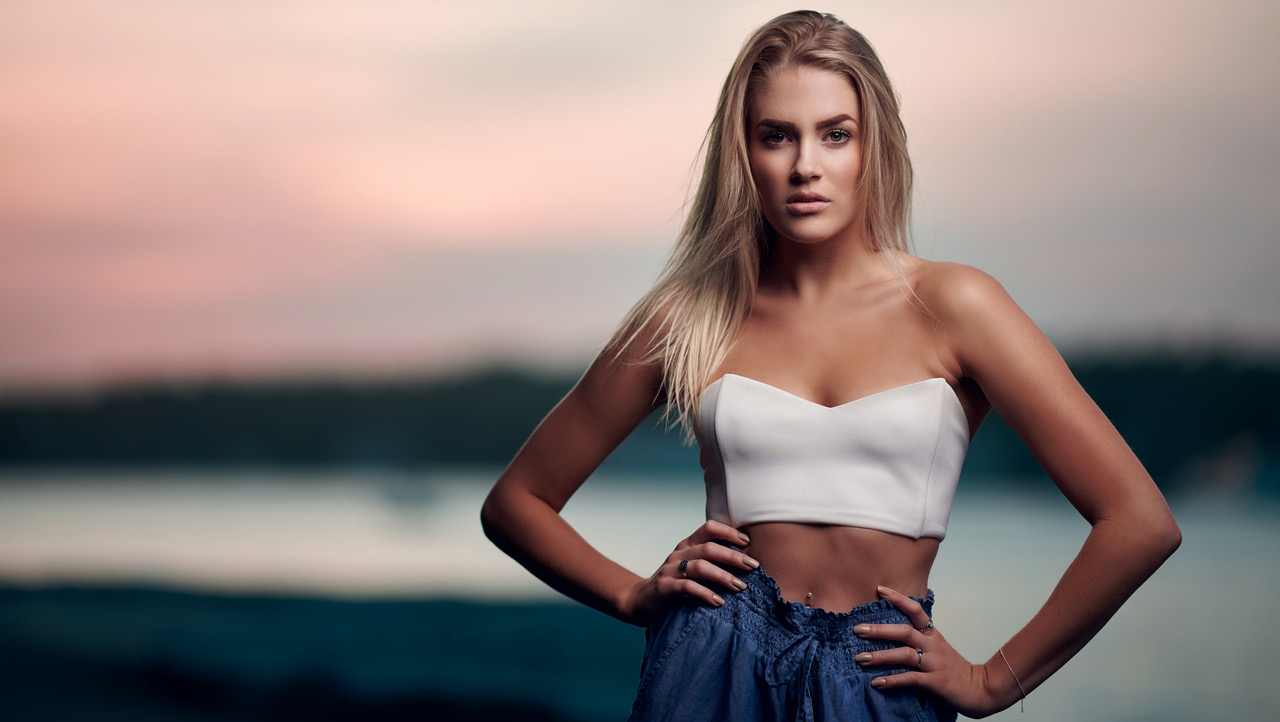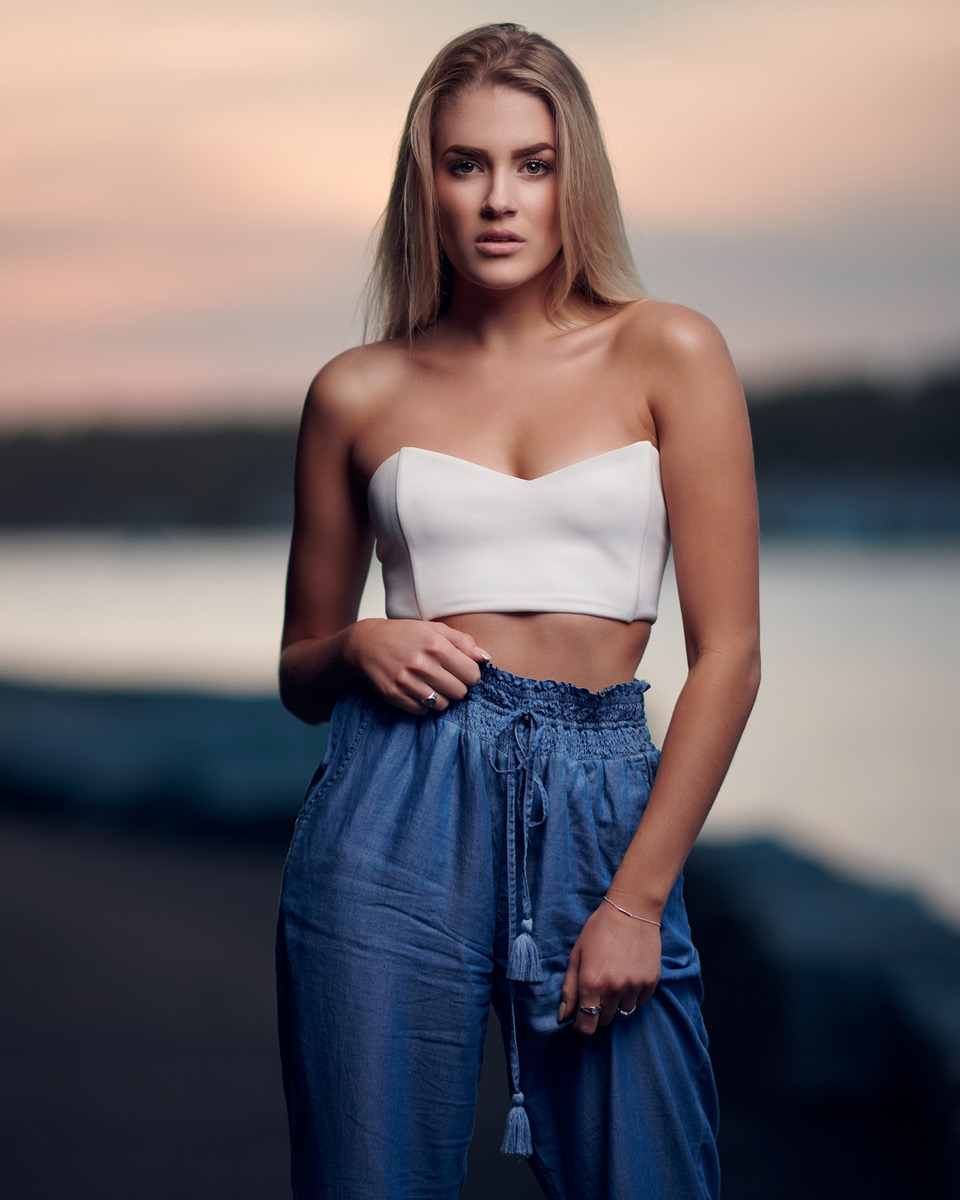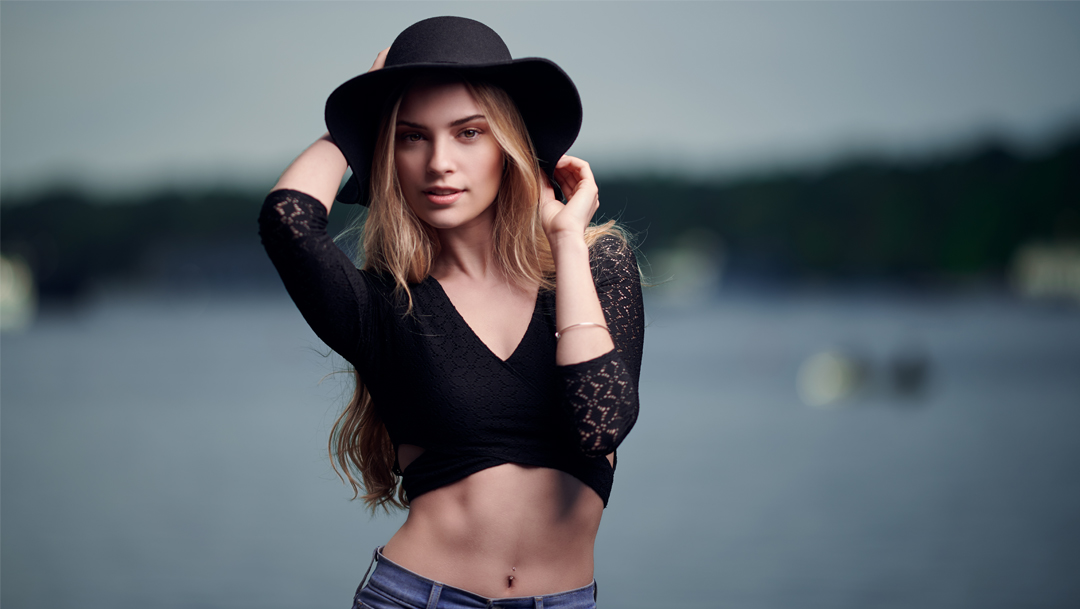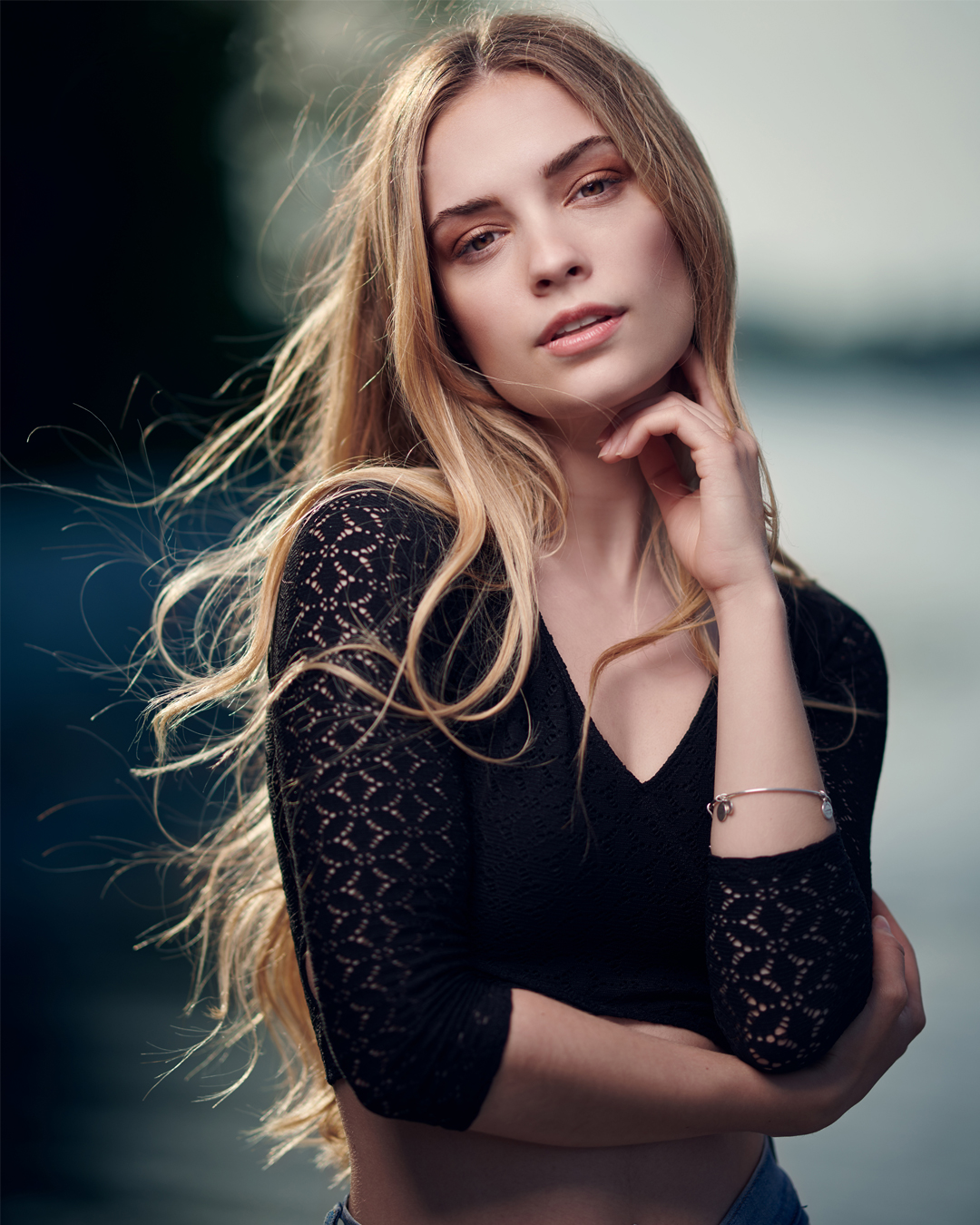Halifax-based photography educator Craig Beckta offers an array of useful tips and tricks for capturing amazing images through his successful YouTube channel. Recently, Craig shared with us his top five tips to improve your portraits in any location…
1. Use off-camera flash.
Using off-camera flash allows you to precisely control the direction of your lighting and where your shadows fall. By keeping your flash off-camera, you can easily modify it with a variety of different softboxes to control the quality of the light.
Here, Craig is using a Rapid Box Octa-M. Octagonal softboxes, like this one, create a round catchlight in your subject’s eye, which appears natural like the catchlights created by the sun.
2. Use different lighting patterns.
By using different lighting patterns throughout each photo shoot, you’ll return with a wide variety of images to select from. By adding in a reflector (Craig prefers the curved Eyelighter reflector), you will be able to quickly transition from butterfly lighting to clamshell lighting. And by simply moving the placement of his flash, you can quickly transition from broad lighting to short lighting.
3. Direct your subjects.
Many models, especially inexperienced talent, may not be aware of how to properly pose or how they appear through your lens. Be sure to kindly direct your subjects throughout your photo shoot to ensure that you wrap-up the shoot with images that you’re proud of.
4. Think about the background.
Pay attention to what is behind your subject. Find an interesting location without distracting features.
5. Pay close attention to exposure.
To ensure that you get the best exposure of your subject and to limit your time spent editing, be sure that your RGB Highlights are set on your camera to quickly recognize hot spots, refer to your histogram often when shooting, and set your white balance manually for ideal tones.




Lighting Gear in Action

Eyelighter 25230

Eyelighter 25230




Leave a Reply
You must be logged in to post a comment.